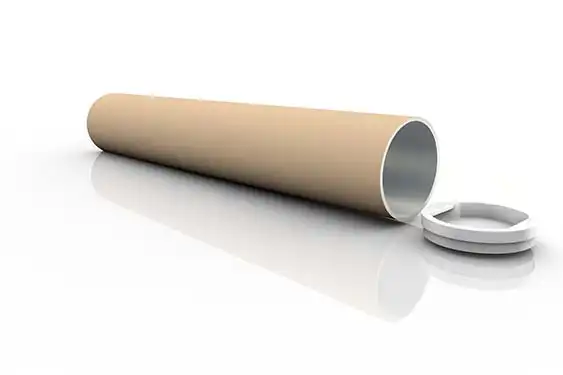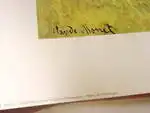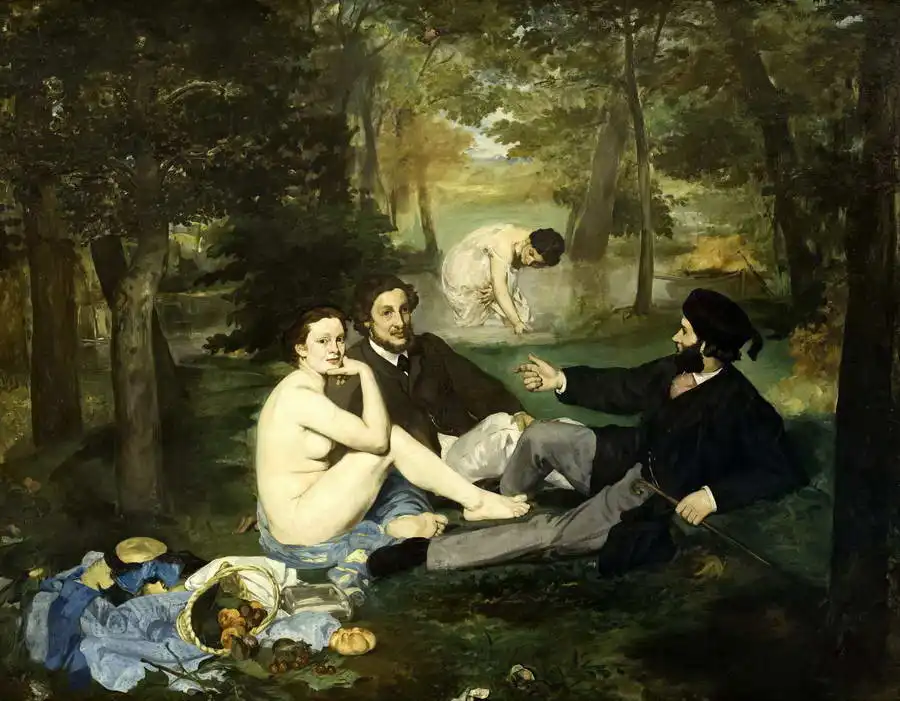About this finishing
Print. The image is printed on the top quality 10-ink HP Z9PS printer on HP matte 270 g / m2 paper. You can choose any size to an accuracy of 1 cm. A margin of 5 cm around the image is added to the size of the motif.


You can find a detailed description about our finishings
here.
Picnic on the grass
Date:
1863Medium:
oil on canvasLocation:
Musee d'Orsay, Paris, FranceDimensions:
208 x 264This is a large oil painting created by
Manet in the years 1862-1863. He was painted so as to induce in the viewer the feeling that it is a painting studio. This impression is reinforced by the light which casts almost no shadows, as well as the right man hat, which is typical for wearing indoors.
Manet deliberately chose a large canvas, used mainly for historical scenes. Along with defiance image - naked girl with two clothed men (in addition confidently looking directly at the viewer) - that reached an unprecedented response. Work is now in the Musée d'Orsay in Paris.
Manet painted picture Picnic on the grass in 1863. Prevailing color of this fine art print is dark and its shape is landscape. Original size is 208 x 264. This art piece is located in Musee d'Orsay, Paris, France. This image is printed on demand - you can choose material, size and finishing.
Édouard Manet (1832-1883). French
Impressionist painter. He perhaps had the misfortune of starting at a time when the pendulum of history was deviating from traditional academic painting and Impressionism: for his generational peers, he was too progressive and for young painters, he was too traditional. Manet had an innovative spirit that, during his study of old masters (such as
Diego Velázquez), he complemented with an excellent painting technique. From the Impressionists, he took a penchant for displaying reality using long expressive brush strokes, studying objects in the open air, and concentrating on working with light and colour. Unlike the Impressionists, however, he did not give up black colours, contours and classical composition. In fact, he did not even want to be associated with the Impressionists – he wanted his paintings to be included independently in Salon exhibitions and avoided the label of
Impressionism.


